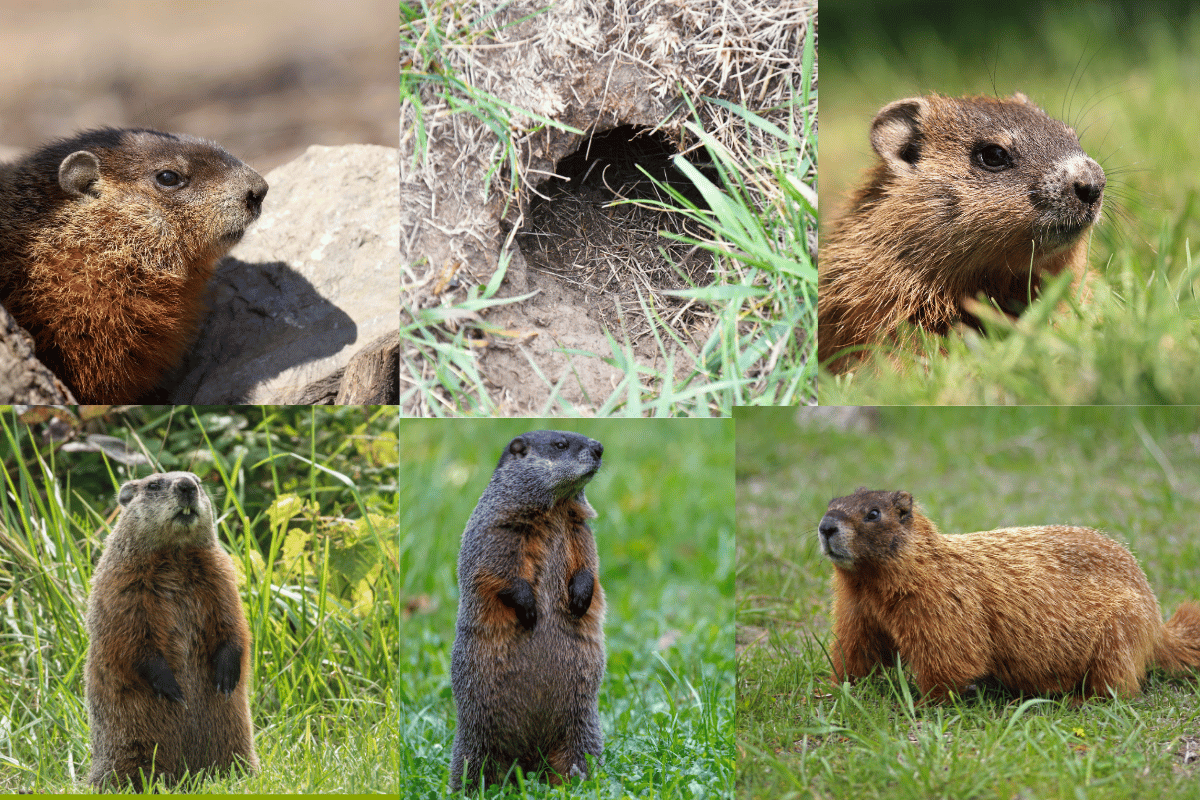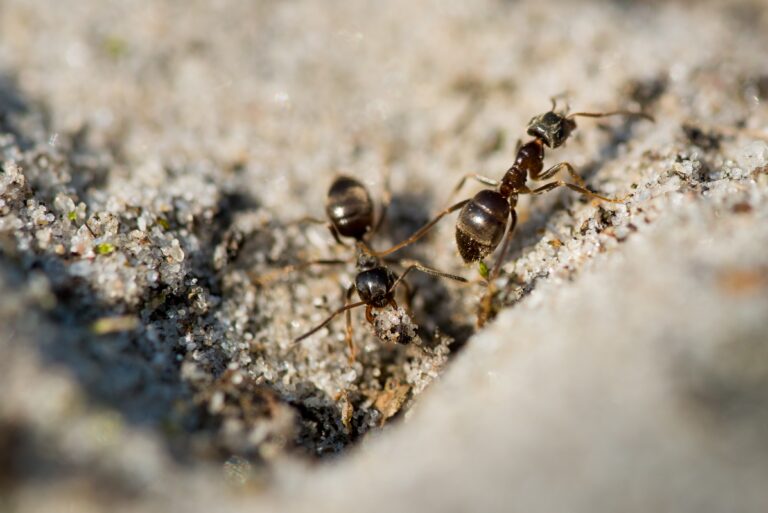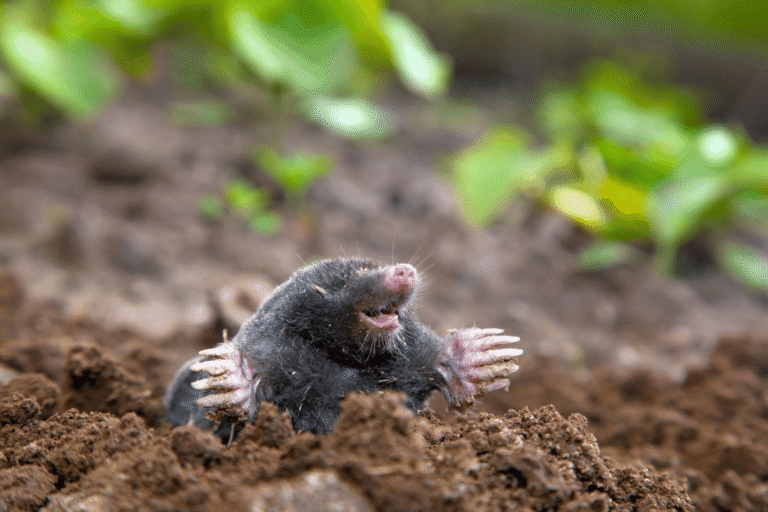How to Get Rid of Groundhogs in Your Yard and Garden

Groundhogs — also known as woodchucks — may look cute, but they can be a real nuisance when they invade your yard or garden.
These burrowing animals love to dig tunnels, eat your plants, and cause damage to foundations, fences, and even sheds.
If you’re dealing with a groundhog problem, don’t worry — there are effective and humane ways to get rid of them.
Here’s a step-by-step guide to help you reclaim your yard without harming these furry invaders.
1. Identify the Problem
Before taking action, make sure it’s a groundhog causing the damage. Look for:
- Large, round burrow entrances (10–12 inches wide)
- Dirt mounds near the holes
- Nibbled vegetable plants or flowers
- Chewed wood or shed foundations
If you see these signs, chances are, a groundhog has moved in.
2. Remove Attractants
Groundhogs love easy access to food and shelter. Take away what’s attracting them:
- Harvest ripe fruits and vegetables promptly
- Keep garbage bins sealed
- Trim back tall grass, weeds, or brush
- Remove woodpiles or debris where they might hide
A clean and clear yard is far less appealing to a groundhog.
3. Use Natural Repellents
There are several smell- and taste-based repellents you can try:
- Castor oil-based sprays (available at garden centers)
- Garlic and hot pepper mixtures
- Used kitty litter placed near burrow entrances
- Epsom salt sprinkled around the garden
Reapply these after rain and monitor the groundhog’s response.
4. Install Fencing
A sturdy fence can keep groundhogs out if it’s installed correctly:
- Use heavy-duty wire mesh or chicken wire
- The fence should be at least 3 feet above the ground
- Bury the bottom of the fence 12 inches deep and bend it outward to stop digging
- Angling the top outward can help stop them from climbing over
This method is especially useful for protecting vegetable gardens.
5. Try Motion Deterrents
Groundhogs are shy and scared easily. You can take advantage of this with:
- Motion-activated sprinklers
- Reflective pinwheels or aluminum foil strips
- Ultrasonic pest repellers (some models are designed for burrowing animals)
These tools work best when combined with other strategies.
6. Trap and Relocate (If Legal)
Live traps can be effective if used properly and legally:
- Use bait like sliced apples, cantaloupe, or lettuce
- Place traps near active burrow entrances
- Check traps frequently and handle with care
Important: Many areas have laws about relocating wildlife. Always check with your local animal control or wildlife agency before attempting to trap and release.
7. Call a Professional
If the groundhog just won’t leave — or if you’re uncomfortable dealing with it — contact a pest control expert or wildlife removal service. Professionals can remove the animal safely and seal off burrows to prevent future issues.
8. Block Burrows After Removal
Once the groundhog is gone, prevent others from moving in:
- Fill the tunnels with gravel or dirt
- Place a heavy object over the old hole
- Consider planting groundhog-resistant plants (like lavender, mint, or daffodils)
Final Thoughts
Dealing with a groundhog in your yard or garden can be frustrating, but it’s a fixable problem.
With a mix of prevention, natural deterrents, and smart landscaping, you can keep your outdoor space safe and thriving without harming the local wildlife.






